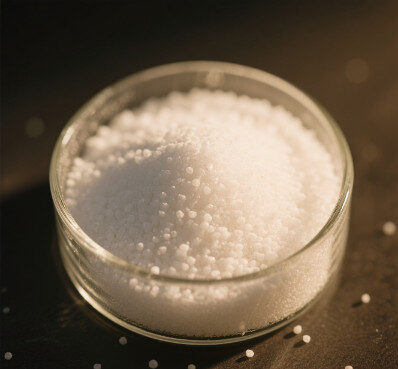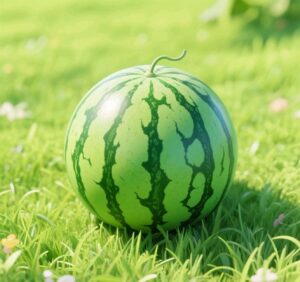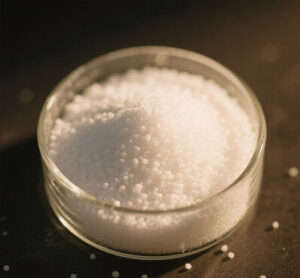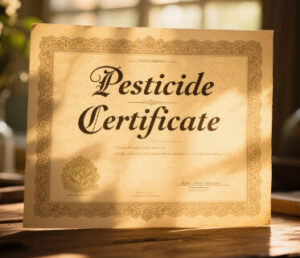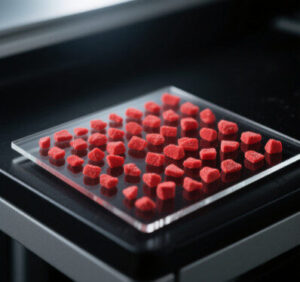I. China’s Urea Export Policy
Restriction (2025.6.30)
-
Export Suspension: Customs inspections (“法检”) halted since June 7, 2024, reducing exports to 259.6k MT (Jan-Nov 2024 vs. 3.91M MT in 2023).
-
Rationale: Prioritize domestic agricultural/industrial demand and stabilize prices amid rising capacity (67.23M MT production in 2024).
2025 Outlook
-
Likely Deregulation: Predicted due to:
-
Overcapacity: 70M MT annual output vs. 60M MT CHINA domestic demand (1,000k MT surplus).
-
Price Arbitrage: International prices $100-150/t above CHINA domestic levels.
-
Food Security Buffer: Increased grain imports reduce urea export constraints.
-
II. Urea Classification & Technical Specifications
Basic Properties
-
Chemical Formula: CO(NH₂)₂
-
Nitrogen Content: 46% (Minimum 46.0% for standard grade)
-
Solubility: 105g/100mL at 20°C (neutral pH)
-
GHS Classification:
-
H302: Harmful if swallowed
-
H319: Causes serious eye irritation
-
Production Process
-
Feedstock Preparation:
-
Coal-based: Gasification → H₂ + N₂ → NH₃ (70% of China’s production)
-
Gas-based: Steam reforming → NH₃ (Dominant in Russia/US)
-
-
Synthesis: NH₃ + CO₂ → Ammonium carbamate (140 bar, 180°C)
-
Purification: Dehydration to 99.7% molten urea
-
Granulation: Prilling (1-2mm) or granulation (2-4mm)
III. Global Urea Production (2024)
| Country | Production (M MT) | Feedstock | Market Share |
|---|---|---|---|
| China | 67.23 | Coal (70%) | 29% |
| India | 25.10 | Gas | 11% |
| Russia | 18.45 | Gas | 8% |
| USA | 12.30 | Coal/Gas | 5% |
Key Notes:
-
China’s CR10=30% (fragmented market)
-
Coal price volatility directly impacts urea production costs (+$10/ton coal → +$30/ton urea)
IV. Urea Product Variants & Applications
| Type | Characteristics | Agronomic Use |
|---|---|---|
| Prilled Urea | 1-2mm, fast dissolution | Top-dressing, foliar spray |
| Granular Urea | 2-4mm, slow release | Blended fertilizers, mechanized application |
| Peptide Urea | 46% N + polyaspartic acid (enhances micronutrient uptake) | High-value crops, stress resistance |
| Slow-Release Urea | NBPT-coated (extends efficacy to 80-120 days) | Rice paddies, no-till farming |
| Polymer-Coated Urea | 38-42% N, controlled-release membranes | Horticulture, precision agriculture |
| Urea-Formaldehyde | 40-120 day longevity (methylene urea polymers) | Golf courses, turf management |
V. Urea Application Guidelines
Critical Practices
-
Avoid:
-
Mixing with alkaline fertilizers (e.g., CaCO₃ → NH₃ volatilization)
-
Surface broadcasting (30% N loss vs. 15% with deep placement)
-
Seed contact (biuret >2% causes phytotoxicity)
-
-
Recommend:
-
Apply 4-7 days earlier than ammonium fertilizers
-
Band placement (10-15cm depth, soil moisture >60%)
-
Combine with organic/P/K fertilizers (balanced nutrition)
-
Efficiency Metrics
-
NUE (Nitrogen Use Efficiency): 25-35% for conventional urea vs. 50-65% for polymer-coated urea
-
Temperature Effects:
-
10°C: 7-10 days for NH₄⁺ conversion
-
30°C: 2-3 days for NH₄⁺ conversion
-
VI. Future Trends
-
Green Urea: Coal-to-ammonia CCS projects (e.g., Sinopec’s 1M MT/year facility)
-
Export Liberalization: Expected Q3 2025 for surplus volumes
-
Circular Economy: Struvite recovery from wastewater (potential 5% urea substitution)


